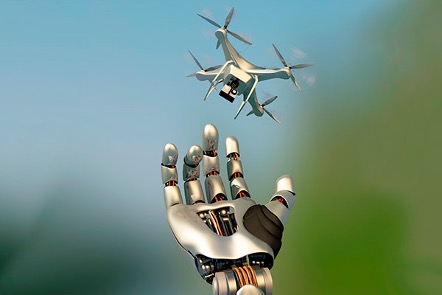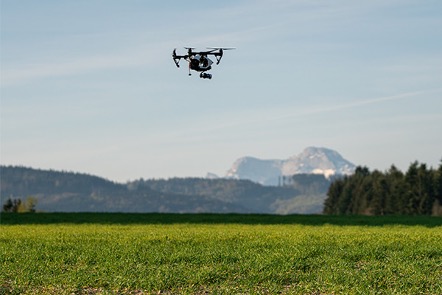
Sep 17, 2021
According to the diagnosis of the Food and Agriculture Organization of the United Nations (FAO) on the impact of climate change on agriculture due to factors such as droughts and floods, the availability of land suitable for cultivation and water resources will be even more and more scarcity. This new reality will affect crop yields, therefore, there will be fruits and vegetables in less quantity and even different quality. In addition, they warn us about the increase in pests and diseases in plants that will put food security at risk in the affected areas. “At Hortifrut we take this issue very seriously, taking responsibility for continuing to offer high-quality fruit all around the world and we have been working hard with technologies that contribute to achieving that goal,” says José Miguel Arizabalo, corporate IT manager at Hortifrut.
According to the expert, “regarding Chile, smart agriculture has been advancing in recent years due to the need to adapt to contingency, highlighting a strong acceleration, but still, with less development when compared to other regions such as Europe, North America and even with Latin American countries ”. There is a growing wave of startups developing technologies in the agricultural world, known as the “AgTech stream”, which have been encouraged, in part, by innovation programs and by the example of successful technological ventures in the local environment. However, most of these are in the testing stage, therefore, rather than commercializing products, they are looking for agricultural companies as partners with whom they can work together to pilot and serve as success stories to later commercialize technological services.

For Hortifrut, technology and smart agriculture are fundamental pillars to grow its operations worldwide in a sustainable and efficient way. “In this sense, both are levers of our Digital Transformation program, called Hortifrut Digital, and enable us to sustain our position as world leaders in the production and marketing of berries,” says Arizabalo.
The company addresses three fronts in the development of smart agriculture:
Agricultural Management System
Precision farming
Agricultural automation / robotics.
It should be noted that there are already ongoing initiatives in each of them, considering internal developments, implementation of technology co-developed with agricultural technology start-ups and agreements with world-class companies with specialized solutions in an agricultural niche.
In relation to the above, five technologies that are key to consider can be observed:
1. Telecommunications: As an enabler that allows internet connectivity in the fields. Most technologies for smart agriculture require being able to interact in real time with cloud platforms or remotely located devices, therefore, without internet this is difficult.
2. IoT (Internet of things): It allows access to technology with smart sensors that are small in size, embedded intelligence and at an increasingly competitive price, therefore, they can be incorporated in irrigation stations, fruit trees or even in fruits.
3. Drones or unmanned flights: Capture a large number of images in good resolution, generating a rich material to be analyzed quickly, easily and without having to travel to the field.
4. AI (artificial intelligence): It processes the different information through algorithms to obtain conclusions and propose early actions to apply to crops in order to improve their conditions.
5. Agricultural robotics: To complement the extensive need for labor for routine and repetitive tasks, focusing human resources on activities of greater complexity and added value.

“We are currently working on an initiative with drones, achieving a digital map of the farms where key indicators for agronomic management are visualized and projected, such as NDVI (normalized difference vegetation index), hydric stress index, chlorophyll index, growth rate and production estimation, among others ”, explains José Miguel Arizabalo.
To continue promoting the digital transformation of the company and the agricultural sector in general are some of the company’s objectives, maintaining the position of world leadership in the production and commercialization of berries, maximizing the return to the producers and shareholders of Hortifrut, by the hand of innovation as part of the company’s DNA.
Regarding the benefits of implementing smart agriculture, Arizabalo highlights, “some of them are to help develop a more sustainable business, maximize agricultural productivity and achieve greater efficiency in the use of resources involved in agricultural production.” How this contributes to sustainable agriculture is related to the goal of increasing productivity to meet the growing demand for agricultural products. In this sense, smart and sustainable agriculture is showing the path to agricultural production for the most efficient and productive way by properly using available resources and taking care of the environment.